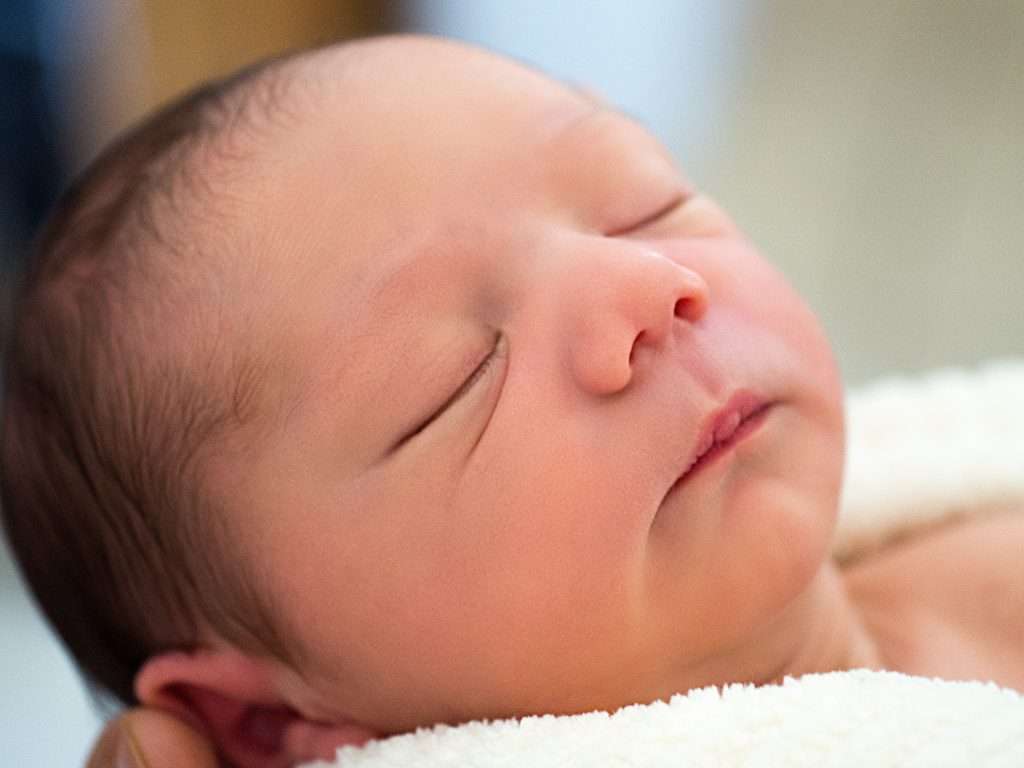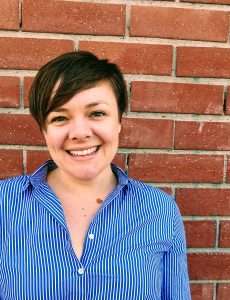Kaylan Adams with Big Dreams Sleep Coaching, tells us how to prepare for baby’s best sleep!
Sleep when baby comes?! How do we do that?
Sleep can be hard to come by when you’re pregnant. You can’t find a comfortable position, your everything is hurting, and if that weren’t enough, your bladder is constantly reminding you that there’s a watermelon sitting on top of it. This seems to be pretty common knowledge, and yet somehow people still manage to say, “Well, you better get some sleep now while you can.” And always with a wink. There’s enough anxiety that comes with preparing to welcome a new baby – no one needs to worry about the theoretical lack of sleep they will soon be getting on top of it all!
While of course it is true that all babies are different, there are some underlying patterns to baby’s development in the first few months, and you can use those patterns to plan for baby’s best sleep before they even arrive. So, what’s the number one thing you can do to help baby get their best sleep from day one?

Prepare a safe and soothing sleep environment for baby’s best sleep.
Yep. Might seem kind of obvious, but doing this one thing is the absolute best first step to maximizing your baby’s sleep. And when baby is getting safe, soothing sleep as early as possible, that means you are sleeping much better, too.
-
Creating a safe sleep environment for baby.
I think we all can agree that baby’s safety has to be the first consideration when it comes to best practices about anything. Tragically, 10 babies die every single day in the United States from Sudden Infant Death Syndrome, or SIDS. And this is a significant improvement to years past. According to reporting in The Atlantic from just last year, “In the 1990s, the ‘Back to Sleep’ public health campaign was one of the most successful efforts in modern history. It’s credited with cutting SIDS deaths in half, an astonishing decline, in just two decades.
Yet SIDS still remains the leading cause of death for babies between 1 month and 1 year old in the United States. And researchers are still scrambling to figure out why.” Suffocation is known to be responsible for many SIDS deaths, but it isn’t the full picture. The American Academy of Pediatrics, the AAP, is the leading authority on recommendations for SIDS prevention in the U.S., and they have a lot to offer in terms of guidelines. You can find their full recommendations at healthychildren.com, but one of the easiest ways to remember the basics of sleep safety is to think of the ABCs:

A stands for Alone
Baby will be safest when they sleep on their own, with no people or objects in their sleep area that could cause suffocation.
B stands for Back
Putting baby on their back to sleep every single time is what that study credited for cutting SIDS deaths in half. Once baby is able to roll on their own, which usually starts happening around 4 months but certainly can happen sooner, you should stop swaddling. You can continue to place baby on their back to start their sleep, but if they roll on their own during the process of sleep, you don’t need to worry about returning them to their back.
C stands for Crib
The safest place for baby is in a crib with only a firm mattress and tight fitting sheet. Cribs are federally regulated, and cribs manufactured after 2011 must adhere to certain safety standards issued by the Consumer Product Safety Commission, so double check on those if you are using a used crib. Modern bassinets and pack n’ plays are also good options because they are flat, and offer a more portable option for room-sharing. There are plenty of products that claim to help baby sleep better, or are needed for other purposes (like a car seat), but simply put, those products can be dangerous for routine or unsupervised baby sleep because of the risk of suffocation, whether because of a sloped, inclined position which can be dangerous for baby’s fragile neck muscles, or because of raised, non-breathable sides. A flat crib might not be as cozy as some other options, but it is the safest.

-
Creating a soothing sleep environment.
Under the umbrella of sleep environment, besides SIDS risk factors, it’s important to think about some of the other logistics with baby’s sleep space within your home, or with a future caregiver or daycare to maximize the soothing aspect. This won’t be as important in the first month or so since newborns are famous for sleeping anywhere and at any time, but once their circadian rhythms have developed around 6-8 weeks, they will have more firmly established awake/asleep periods and you’re going to want to have your plan already in place.
I have heard really well-meaning families say, “I want to train my baby to sleep in any condition,” and this is usually in regards to light and sounds being present during sleeptime. I totally understand this desire, but I am definitely of the belief that you might as well make things easier for everyone if you can. So, I do recommend to families that they get a white noise machine and black-out shades if there are windows in baby’s sleep space – and use them for both naps and nighttime sleep for consistency. If you’re traveling and baby is sleeping somewhere new, similarly try to create a space that is dark and quiet for them. Just as adults can relax more in that type of environment, babies can too. And you can always experiment with adjusting the outside volume if/when you need to.

Best baby sleep with future caregivers or daycare.
If you have a nanny coming to your home you likely won’t have to make any changes to baby’s sleep environment. However if your baby will be at someone else’s home or at a daycare, knowledge is power. Information about the sleep environment your baby will be in should be an important part of your decision-making process. I know for many families it can be really tough to find a quality, affordable childcare option, but I encourage you to ask questions about the sleep environment and sleeptime routines when you are interviewing care providers, and use their answers to evaluate the best fit for your baby’s sleep needs.
You can find all my recommended questions as a free downloadable worksheet in my free course, “Safe and Soothing: Baby Sleep Spaces 101.” Just as you are encouraged to feel empowered during your birth with asking questions, stating your preferences, and pushing back when appropriate with your birth team, I would really encourage you to do the same with your childcare providers. I think childcare providers do some of the most important work in the world and are not paid nearly enough, however, it is not unusual for them to streamline when possible. Be an advocate for yourself and your baby in order to maximize baby’s daytime sleep – which will also maximize baby’s nighttime sleep when they’re back on your watch.

You aren’t alone.
I won’t sugarcoat it. Those first few months are challenging and sleepless nights are inevitable. But preparing for baby’s best sleep, and creating a safe and soothing sleep environment from day one will pay off in the short and long term for both you and baby. And this is just scratching the surface. You can get more info on creating a safe and soothing sleep environment for baby by enrolling in my free self-paced online course, “Safe and Soothing: Baby Sleep Spaces 101.
You’ll find concise video lessons about optimizing baby’s sleep space, as well as downloadable resources, including my “Unlock Baby Sleep-Love Timeline,” which goes well beyond sleep environment and details the what and when of best sleep practices during the first 6 months of baby’s life – the perfect window to set lasting, gentle sleep habits. All for free. If you would like a more comprehensive approach to maximizing your baby’s sleep, enroll in my other self-paced online course, “Start Strong with Baby Sleep-Love,” where I cover my full gentle, evidence-based framework for helping your newborn fall in love with sleeping.

Kaylan Adams is the owner of Big Dreams Sleep Coaching, and she has helped newly expanded families all over the world unlock baby sleep-love with coaching and education.
She lives in Oregon’s Willamette Valley with her husband and toddler daughter, where they love hosting themed dinner parties and exploring all the native flora and fauna.
Related to her passion for infant sleep and postpartum health, Kaylan is also an activist in the efforts to provide paid family leave to all Oregonians, and all Americans.
Kaylan offers in-home sleep consults in pregnancy or with baby in the Portland, Oregon, Newberg, Beaverton metro areas. She also offers skype sessions, as well as online self-paced classes for the busy parents to learn on their own time.


 Want your partner to do MORE than just give you ice chips?!
Want your partner to do MORE than just give you ice chips?!